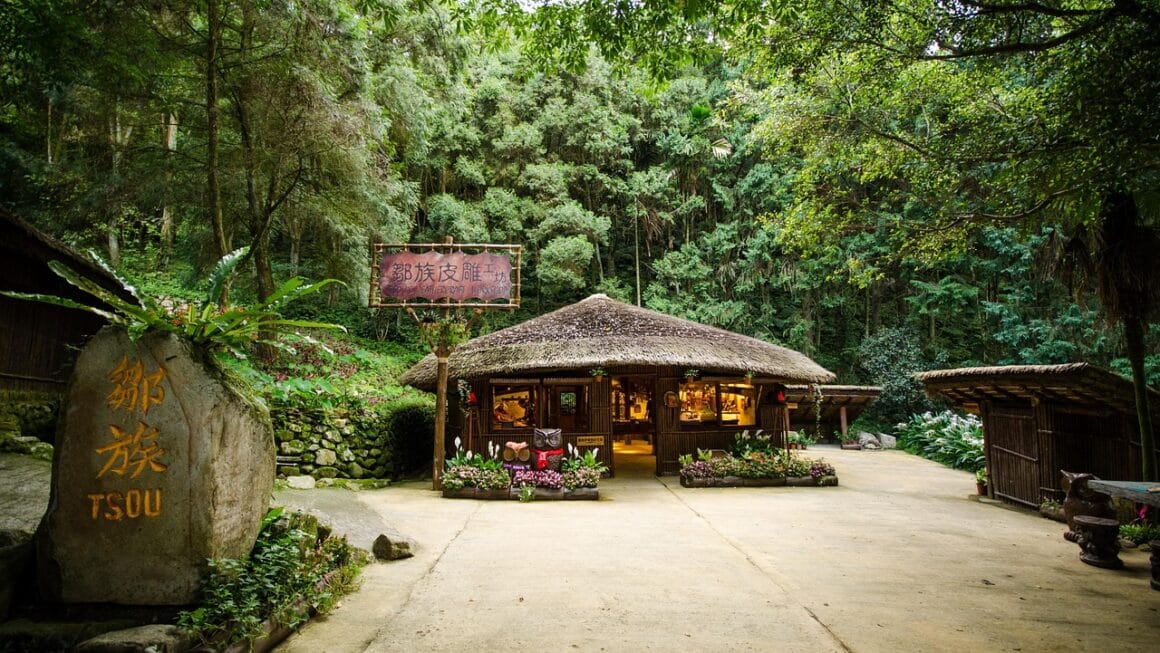Stepping back in time and exploring historical places offers a unique opportunity to connect with the past, understand different cultures, and appreciate the evolution of our world. From ancient ruins to monumental landmarks, these sites provide tangible links to significant events and figures that have shaped human history. Whether you’re a seasoned history buff or a curious traveler, embarking on a journey through time promises enriching experiences and lasting memories.
Why Visit Historical Places?
Understanding Our Roots
Historical places offer invaluable insights into the past, allowing us to understand the origins of societies, cultures, and traditions. By visiting these sites, we can gain a deeper appreciation for the challenges and triumphs of previous generations, fostering a sense of empathy and perspective.
- Learning about the complexities of past events.
- Understanding the development of cultures and societies.
- Connecting with our heritage and ancestry.
For example, visiting the Roman Forum in Italy allows you to imagine the bustling heart of ancient Rome, experiencing firsthand the political, religious, and social life of the time. Similarly, exploring the Great Wall of China provides insight into the strategic ingenuity and immense labor required to defend an empire.
Inspiring Future Generations
Historical sites serve as powerful educational tools, inspiring future generations to learn from the past and strive for a better future. By preserving these landmarks, we ensure that their stories continue to resonate with people for years to come.
- Encouraging critical thinking and historical analysis.
- Promoting cultural awareness and understanding.
- Preserving heritage for future generations.
The Anne Frank House in Amsterdam, for instance, is a poignant reminder of the horrors of the Holocaust and a powerful symbol of resilience and hope. Such sites educate younger generations about the importance of tolerance, justice, and human rights.
Economic and Cultural Benefits
Historical tourism generates significant revenue for local economies, supporting preservation efforts and creating employment opportunities. Moreover, these sites contribute to a region’s cultural identity and attract visitors from around the globe.
- Boosting local economies through tourism.
- Creating employment opportunities in the hospitality and preservation sectors.
- Promoting cultural exchange and understanding.
Cities like Kyoto, Japan, thrive on their rich historical heritage, attracting millions of tourists each year who contribute significantly to the local economy while experiencing the beauty and traditions of ancient Japan.
Must-Visit Historical Places Around the World
Ancient Wonders
From the pyramids of Egypt to the ruins of Machu Picchu, ancient wonders stand as testaments to the ingenuity and skill of ancient civilizations. These sites offer a glimpse into the lives, beliefs, and achievements of people who lived thousands of years ago.
- The Pyramids of Giza, Egypt: Marvel at the colossal structures built as tombs for pharaohs.
- Machu Picchu, Peru: Explore the lost city of the Incas nestled high in the Andes Mountains.
- The Colosseum, Italy: Witness the grandeur of ancient Roman gladiatorial contests.
Significant Landmarks
Landmarks such as the Eiffel Tower and the Statue of Liberty symbolize significant historical events and cultural values. These iconic structures evoke a sense of pride, patriotism, and shared heritage.
- The Eiffel Tower, France: A symbol of industrial progress and Parisian charm.
- The Statue of Liberty, USA: An enduring symbol of freedom and democracy.
- The Taj Mahal, India: A breathtaking monument of love and architectural brilliance.
Historical Cities and Towns
Certain cities and towns have retained their historical character, offering visitors a unique experience of stepping back in time. These places showcase preserved architecture, traditional customs, and rich cultural heritage.
- Kyoto, Japan: A city renowned for its temples, gardens, and traditional arts.
- Prague, Czech Republic: A medieval city with stunning architecture and historical landmarks.
- Jerusalem, Israel: A city of profound religious and historical significance.
Tips for Planning Your Historical Trip
Research and Preparation
Before embarking on your historical adventure, it’s essential to conduct thorough research and plan your itinerary carefully. This will ensure that you make the most of your trip and gain a deeper understanding of the sites you visit.
- Read books, articles, and documentaries about the historical places you plan to visit.
- Check the opening hours, admission fees, and accessibility information for each site.
- Consider hiring a local guide to provide expert insights and personalized experiences.
Respecting the Sites
When visiting historical places, it’s crucial to treat them with respect and sensitivity. These sites are often sacred and hold immense cultural significance for local communities. Be mindful of your behavior and follow any guidelines provided by the site authorities.
- Avoid touching or climbing on historical structures.
- Refrain from littering or damaging the environment.
- Be respectful of local customs and traditions.
- Obtain necessary permits before taking photographs or videos.
Engaging with Local Culture
Immerse yourself in the local culture by interacting with residents, trying traditional foods, and participating in local events. This will enhance your understanding of the historical context and create a more meaningful travel experience.
- Learn a few basic phrases in the local language.
- Visit local markets and shops to support local businesses.
- Attend cultural performances or festivals to experience traditional arts and music.
Preserving Historical Places for the Future
Restoration and Conservation Efforts
Maintaining the integrity of historical sites requires ongoing restoration and conservation efforts. These projects involve careful planning, specialized skills, and significant financial investments.
- Employing skilled artisans and craftsmen to repair and restore historical structures.
- Using sustainable materials and techniques to minimize environmental impact.
- Implementing preventative measures to protect sites from damage caused by weather, pollution, and vandalism.
Community Involvement
Engaging local communities in the preservation process is crucial for ensuring the long-term sustainability of historical sites. By involving residents in decision-making and providing educational programs, we can foster a sense of ownership and responsibility for preserving their heritage.
- Creating volunteer opportunities for community members to participate in preservation projects.
- Providing educational programs for schools and community groups to raise awareness about the importance of historical preservation.
- Collaborating with local businesses and organizations to promote sustainable tourism practices.
Conclusion
Exploring historical places offers an enriching and transformative experience, providing valuable insights into the past and inspiring future generations. By visiting these sites, we can deepen our understanding of different cultures, connect with our heritage, and contribute to the preservation of our shared history. As you plan your next adventure, consider exploring the historical wonders that await you around the globe, and embrace the opportunity to learn, connect, and appreciate the richness of human civilization.




